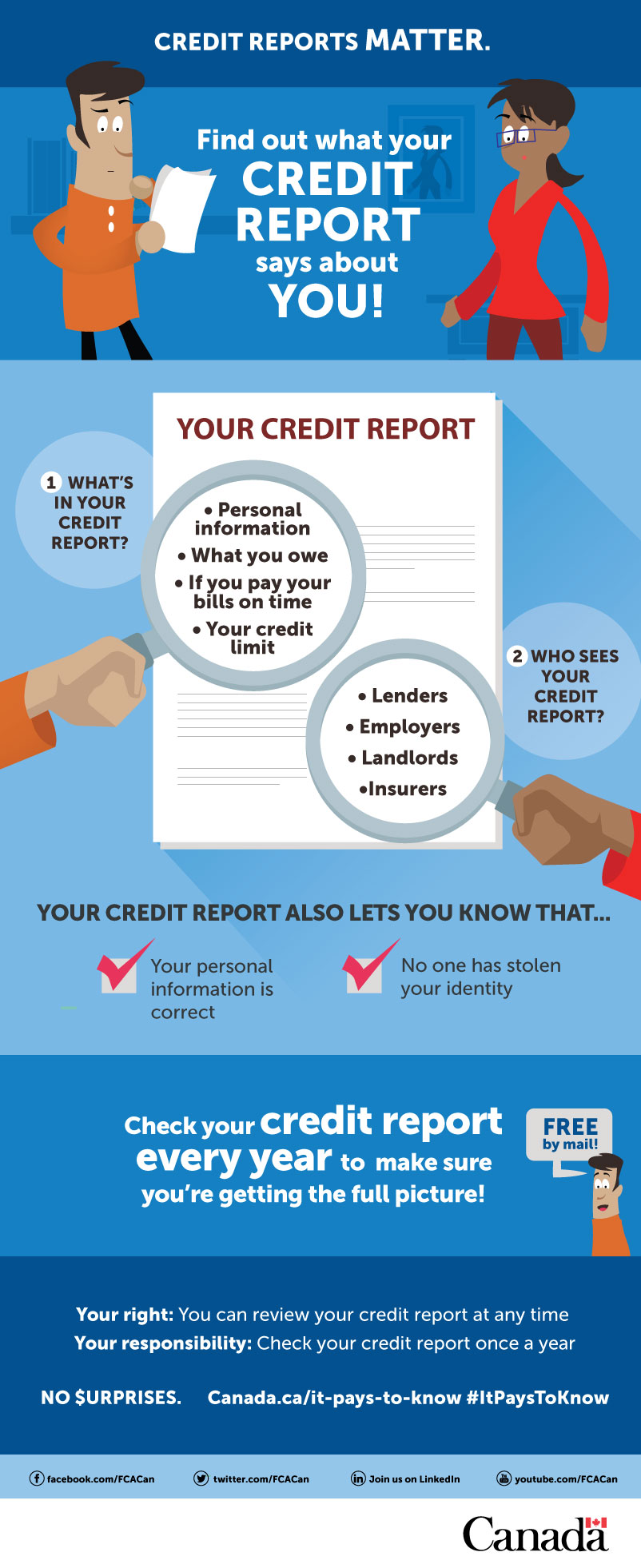MEL3E
Mathematics for Work and Everyday Life
Unit 4: Finding a Vehicle
Activity 3: Financing
Financing Your Vehicle
You learned in Unit 2, Activity 3 that banks will lend money to their customers and charge them interest.
Interest is a percentage of the money borrowed (the interest rate), so the more money you borrow, the more interest you pay. Interest is calculated on a yearly basis, meaning the longer you borrow the money for, the more interest you will pay.
When you use borrowed money to buy something, the interest that you pay on the loan increases the cost of the item. For expensive items like vehicles, the interest cost can be a significant expense. So how do you decide how much money you should be willing to borrow? The following video on car loans gives you some factors to consider.
The borrowing cost of your car loan adds to the ownership cost of your vehicle.
The interest you pay on a car loan is part of the cost of owning that vehicle. Most people will research makes and models of vehicles and negotiate for the best purchase price. Often, however, they won't think carefully about their borrowing options.
 Borrowing Options
Borrowing Options
You will compare the following borrowing options as ways to finance your vehicle purchase:
- Personal Loan
- Car Loan (Bank)
- Car Loan (Dealer Financing)
- Line of Credit
- Credit Card
Complete this graphic organizer comparing the different loan types. You can find information about the different loan types from the sites below or perform a seach of your own.
Calculating Borrowing Cost
You should calculate the interest cost of your car loan to get a realistic figure of the actual cost of the vehicle.
 Practice
Practice
The Monthly Loan Payment Calculator is a spreadsheet that you can download and use in order to answer the questions that appear below.
Once you have downloaded this Monthly Loan Payment Calculator, alter the required fields using the data below in order to answer the various questions.
Assume you are borrowing $15,000.00 to buy a vehicle. The bank is offering 7.5% financing for a 4 year loan.
 Question
Question
What is the monthly loan payment?
Answer$362.68
 Question
Question
How much in total do you end up paying over the four years?
Answer$362.68 x 48 = $17408.64
 Question
Question
How much interest did you end up paying?
Answer$17408.64 - $15000 = $2408.64
You can see from these calculations that the borrowing cost in this example is over $2400.00. This is a significant expense that most people don't factor into the cost of the vehicle!
Reducing Borrowing Costs
There are several things you can do to reduce the borrowing cost for your new vehicle.
1. Interest Rate
You should get quotes from a variety of banks to make sure that you can find the best interest rate. Dealer financing may also offer you very attractive interest rates.
When choosing a type of loan, secured loans (such as car loans) will offer you better rates than unsecured loans.
2. Size of the Loan
It seems obvious, but the less money you borrow, the lower your interest payments. If you can save some money for a down payment on a vehicle, you won't have to borrow as much from the lender. Even one or two thousand dollars down payment can make a big difference on your borrowing costs.
3. Length of the Loan
You should select the length of time and payment method based on what you can afford when you look at your entire financial picture. Although you may want to pay off the loan as quickly as possible, you may not be able to afford the larger payment.
What affect does the term of the loan and the payment method have on the amount of interest you pay?
 Practice
Practice
Use the Monthly Loan Payment Calculator spreadsheet again in order to answer the questions that appear below.
You have borrowed $15,000.00 to buy a vehicle. The bank is offering 7.5% financing for a 4 year loan. Recall that the monthly payment was $362.68.
 Question
Question
If you changed the term of the loan to three years, what is the new monthly payment?
$466.59
 Question
Question
How much, in total, do you end up paying if you paid off the loan in three years?
$466.59 x 36 = $16797.24
 Question
Question
How much interest would you save if you paid the loan off in three years instead of four?
Interest for 3 years: $16797.24 - $15000 = $1797.24
Interest savings: $2408.64 - $1797.24 = $611.40
The Risks of Long-Term Car Loans
A new trend in vehicle financing is to allow longer term loans. Think about the answers to the following questions:
- Based on your investigations, what does that mean in terms of interest payments?
- What would that mean in terms of monthly payments?
- What are other problems with financing a vehicle over such a long period?
- Why might longer terms be attractive to people buying a vehicle?
Watch this video prepared by the government of Canada on the risks of long-term car loans.
